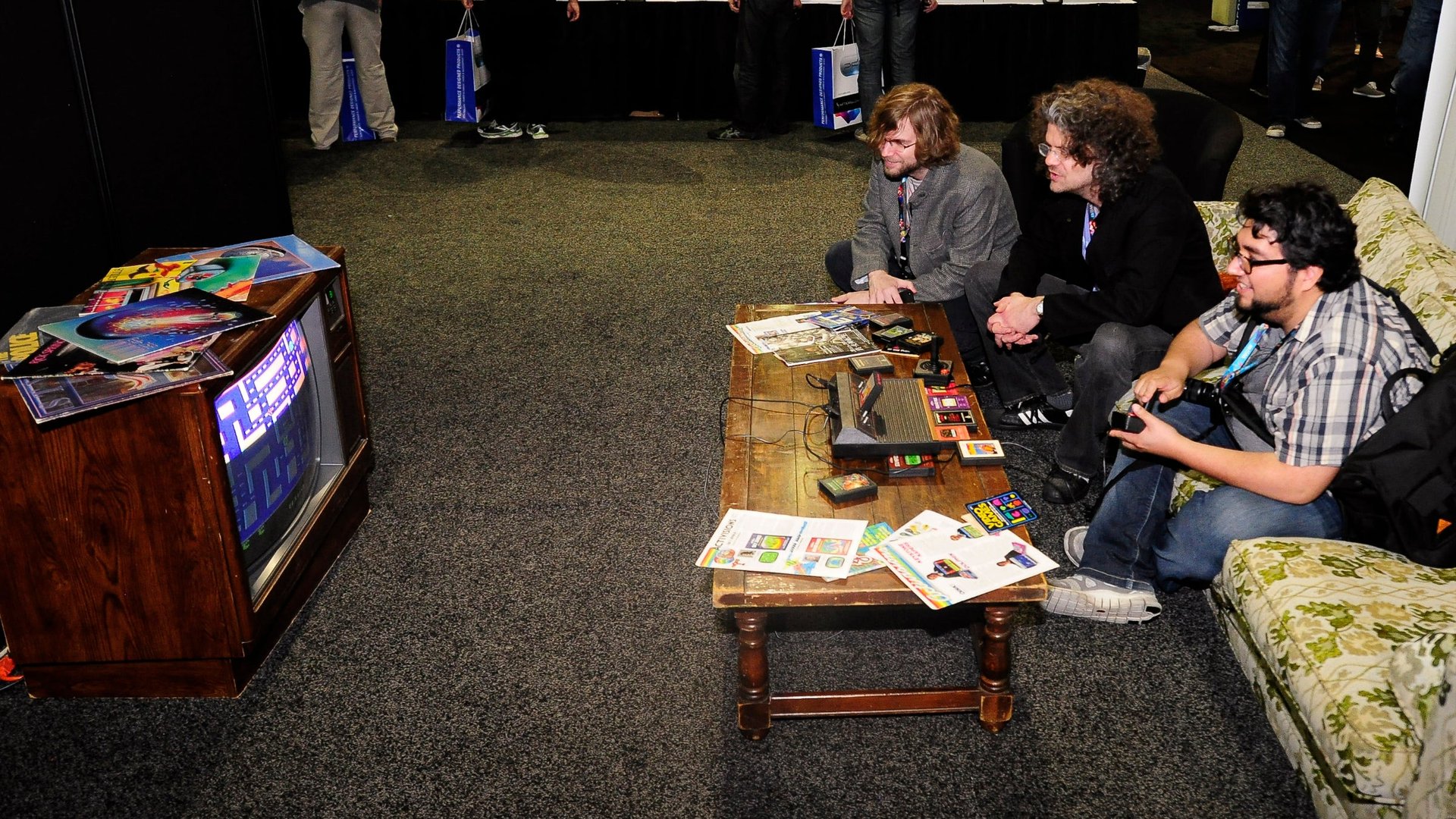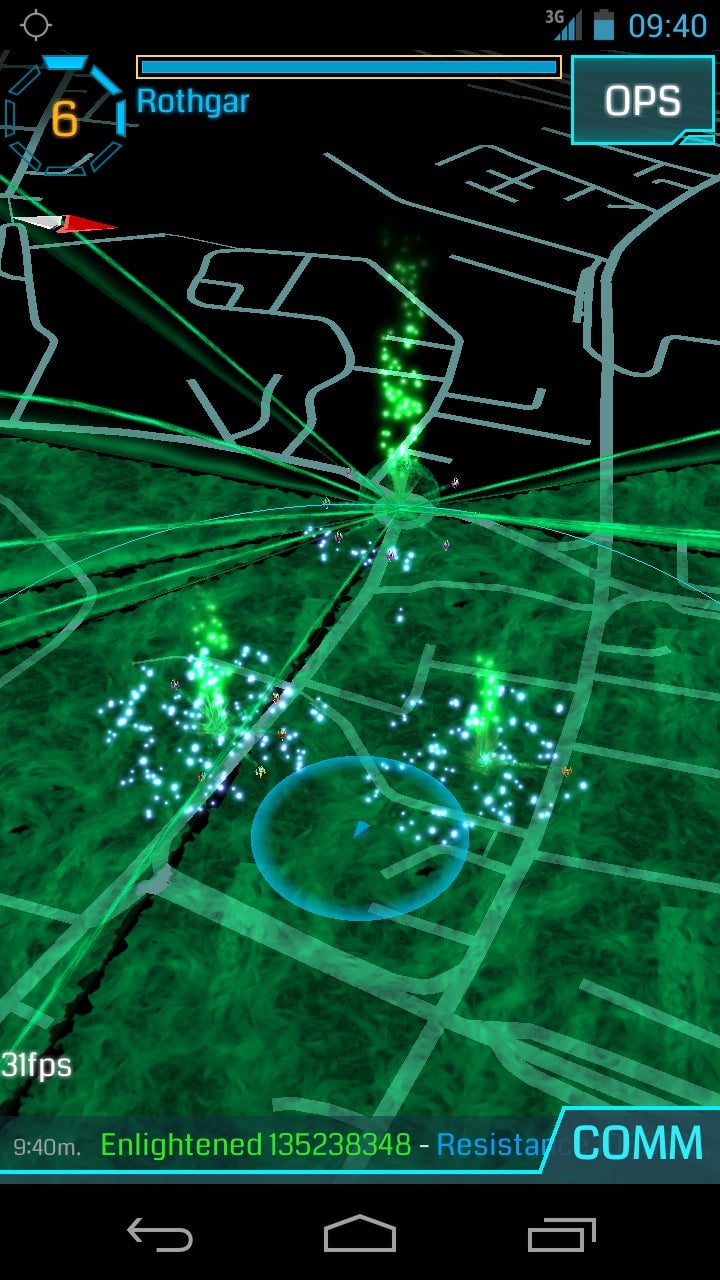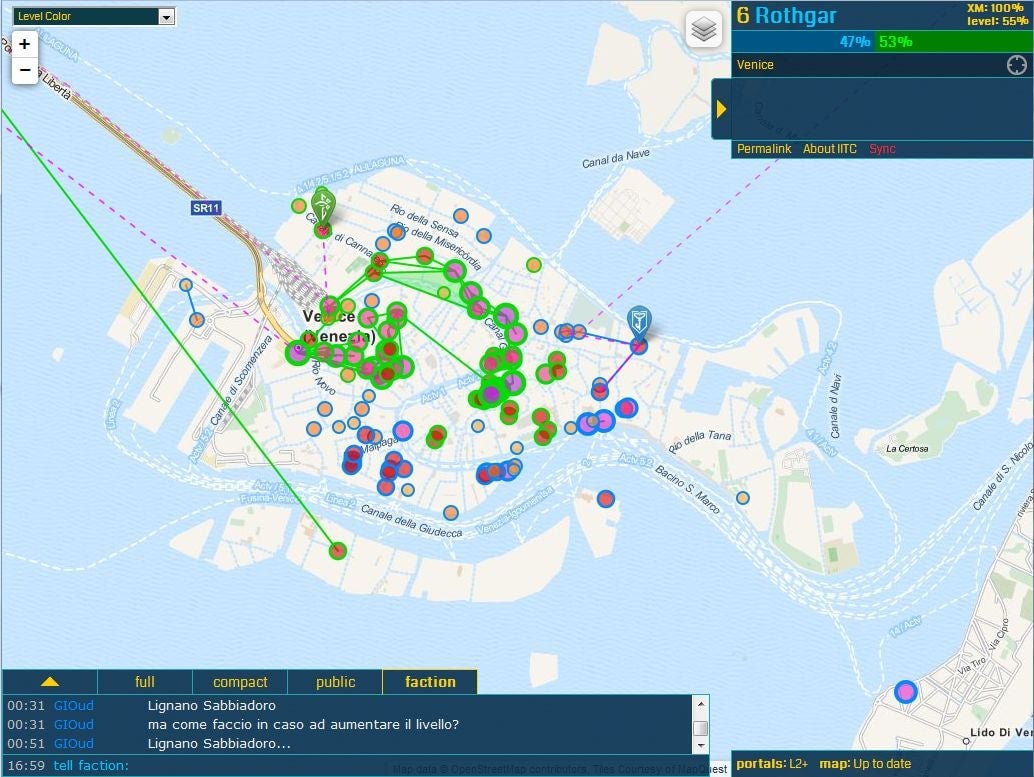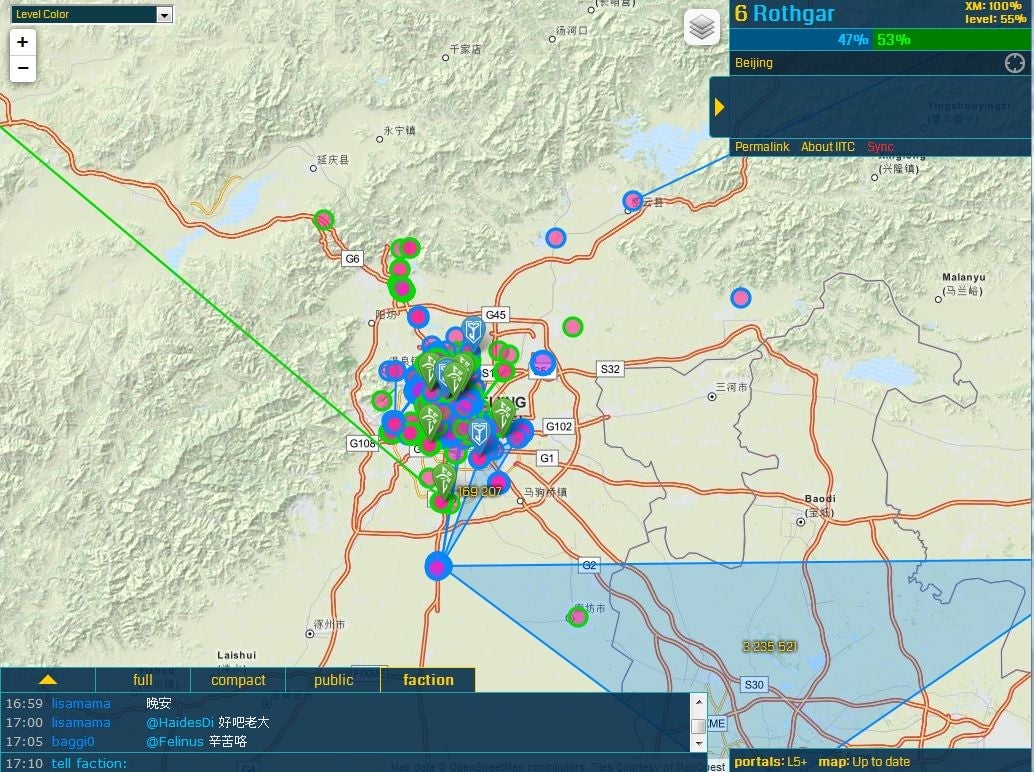Google’s new virtual reality game is going to bring audiences to ads in real life
Have you ever played Ingress? Probably not, because it’s still in closed beta release and on an “invitation” policy. The game is produced by Google and goes under the label of Niantic Labs. It’s a virtual reality game that uses augmented reality to defend your city and conquer the warring faction. It’s like Foursquare, but with bombs, shields, and hacks.


Have you ever played Ingress? Probably not, because it’s still in closed beta release and on an “invitation” policy. The game is produced by Google and goes under the label of Niantic Labs. It’s a virtual reality game that uses augmented reality to defend your city and conquer the warring faction. It’s like Foursquare, but with bombs, shields, and hacks.

The places are real, but the targets are added by the game and visible only by tablet or smartphone. Unlike World of Warcraft, Ogame, Civilization, Crysis, or Second Life, you have to actually move to the place you want to conquer in order to do battle there. It’s like Foursquare, but with more bombs. No excuses, if you want to play, you have to rise from your comfortable, Dolby Surround couch and drive/walk/bike there. It’s a big change in the gaming paradigm, from MMORPG (Massive multiplayer online role-playing game) to MMRPG (Massive multiplayer real place game).
The “places” are public landmarks like churchs, notable buildings, monuments—even graffiti and roundabouts. The “arena,” is the entire world or wherever you get a cell phone signal. This is because players can “ask” for portals (under the rules) wherever they are. Currently, the game has been downloaded more than 5 millions times from the Google Play Store and is drawing momentum from all over the world.



To return to the “Foursquare” analogy, the game has the power to make you travel to places you usually don’t go. Niantic Labs developed another app for Android that utilizes data gained with Ingress to “discover great places around you.” Their objective is clear: influence players routes—and this is the interesting part for advertisers.
Usually good spots for advertising are highly trafficked or crowded places and those spots are typically very expensive to advertise in. But imagine if you can drive the crowd to where you want it to be.
First of all, the game has accomplished a very difficoult task: to make gamers rise from the aftermentioned couch and go out into the sun or the rain (yes, the game is that addictive).
If you think about it, it’s very difficult to make a hard-core player leave his lair for something that’s not Comic-Con or cinema. It’s an example of a good leverage on target motivations: to play itself.
Secondly, players invest time and energy in conquering and defending a portal, so they became extremely territorial and return to a place often.
Here are some possibilities of how advertisers might capitalize on Ingress:
- New places: using Big Data, the game can trace movements of people around town(s). You can afterward advertise on panels placed in the best spots, or along routes. You can even find new (and cheaper) places.
- Virtual Reality advertising: This is simple—if Niantic, in the future, will sell the opportunity to buy in-game advertising. If big brands, like M&M, bought advertising in Google Street View, surely Ingress can be valuable.
- Make people transit by your shop: Move into the “virtual space” and make people interested in my locale. Let’s say Niantic Labs sells to brands the ability to have portals on their shops: the “Coca Cola Portal,” or big online retailers want to drive people to their brick and mortar stores: “Amazon Portal” where people can redeem codes to gain resources?
- In the US, there are retailers that request portals on their shops to attract gamers.
- Create events: Until now Niantic Labs runs a story to backbone the play. They create events when players meet-up and play in teams to achieve goals. Companies can sponsor these events like sporting events (and all the merchandising are the same).
This is a totally reversed paradigm of MMG (Massive Multiplayer Games). Instead of creating a reliable, believeable, virtual-reality (a la Second Life), this takes reality and adds contents of the virtual world to it.
This is exactly what every fashion brand is doing now with QR codes, NFC, and magic mirrors. The gamifying experience is touching every brand. It won’t be long before they’re gamifying the gamers.